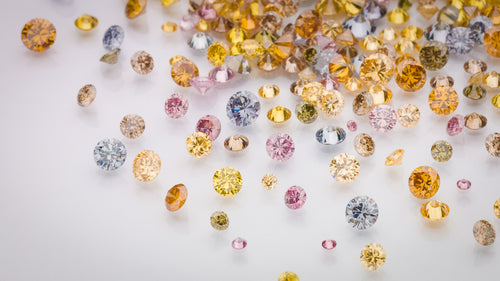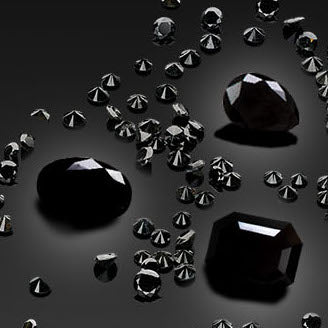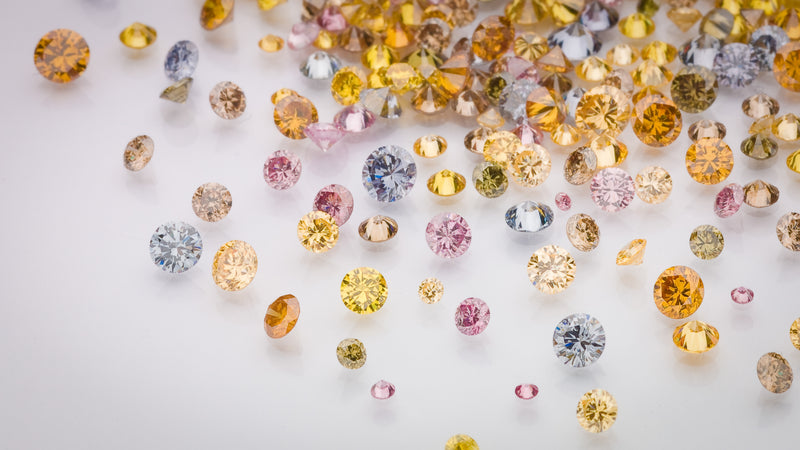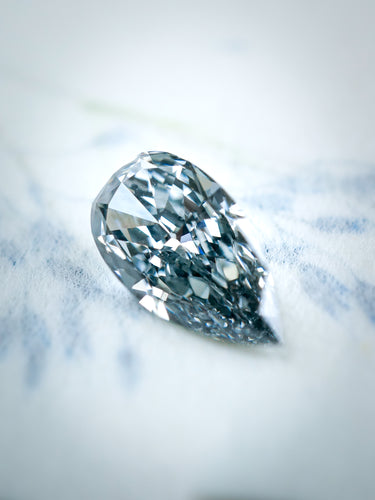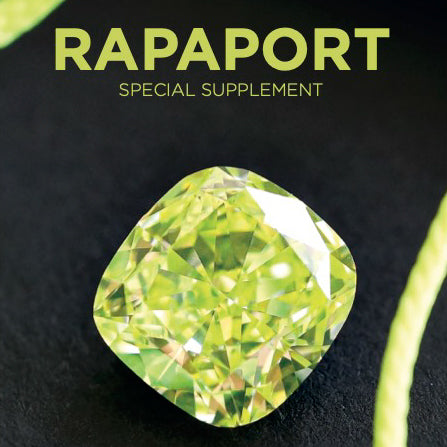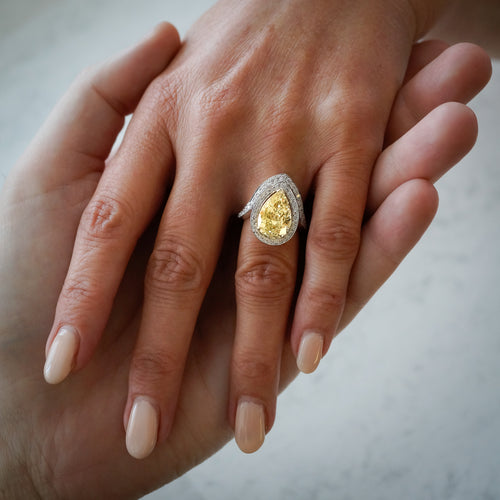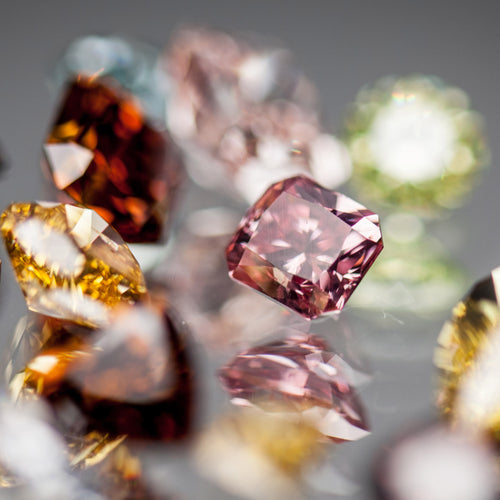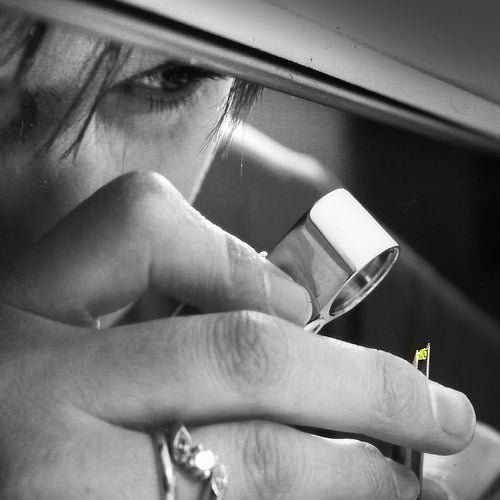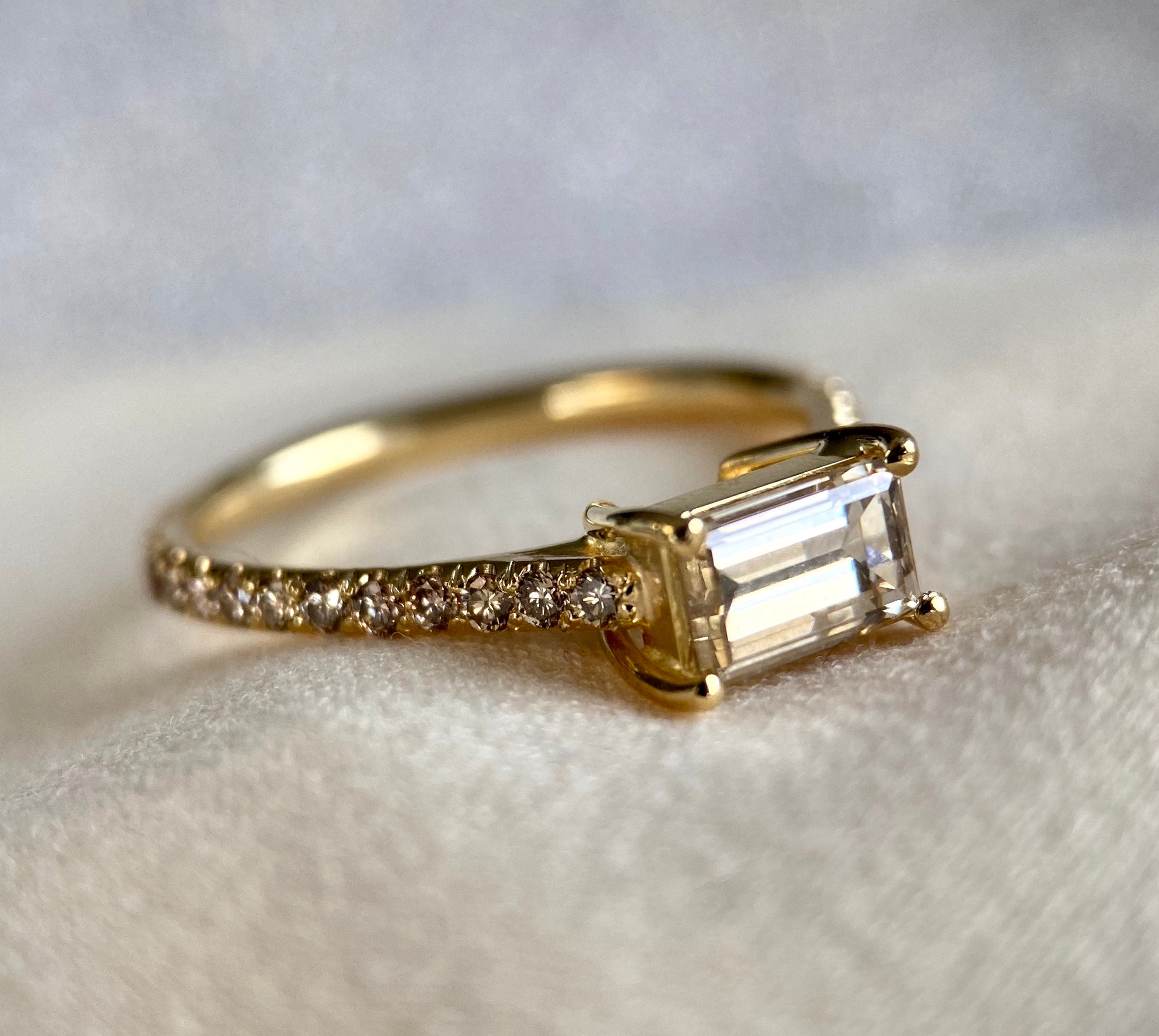



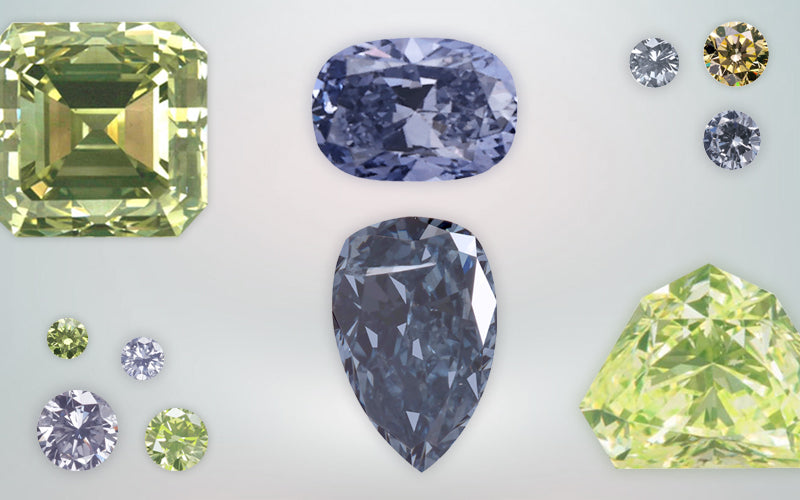

4 C’s Fast Track: Diamond Clarity
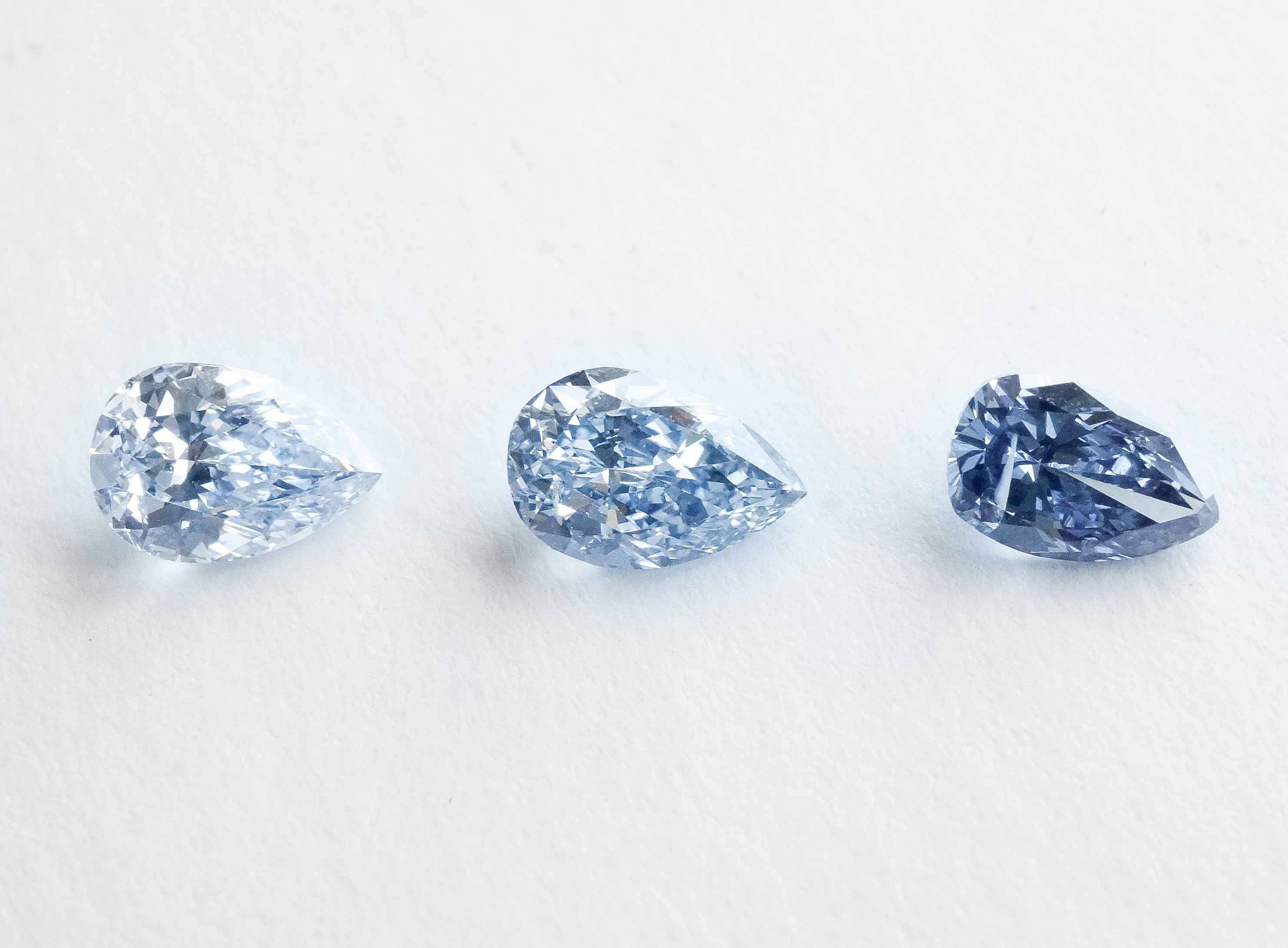
Color, Clarity, Cut, and Carats are known as the 4 C’s of Diamond, a group of value-impacting features that describe each stone’s unique characteristics.
Clarity refers to the presence of internal and external impurities found in a diamond.
Traditionally, diamonds are valued for their degree of transparency. The presence of impurities (also known as Clarity characteristics) is considered undesirable as they can affect that sought-after clearness. Accordingly, GIA proposes a grading scale to measure the visual impact of those imperfections.
GIA’s Clarity scale used by most laboratories is divided into six groups and contains eleven grades. Flawless (FL) is the highest and describes a diamond with no visible inclusions or blemishes when observed under 10x magnification. Included 3 (I3) is the lowest grade where inclusions are apparent to the naked eye, affecting transparency and brilliance.
Clarity Grading Scale. Source: GIA
Imperfections aren’t necessarily bad. As a matter of fact, some hues are caused by the presence of impurities. For example, Fancy Yellow diamonds owe their color to Nitrogen content.
Keep on reading to learn more about:
-
Clarity in Fancy Color Diamonds
-
Inclusions and Blemishes
-
Which Clarity Grades Should You Choose?
Why Is Clarity Important?
To assign a Clarity grade, the stone is examined under 10x magnification.
Yet, technically, there is no such thing as a truly pure, “flawless” diamond. Under 60x or 100x magnification, even an flawless diamond would reveal inclusions. Which raises the question: Why is Clarity so important then?
Two main concerns arise in diamonds with low quality grades (like those in the Included group): appearance and integrity risks. Depending on the type, size, number, and location of clarity characteristics, the stone might look dull or even be prone to chipping—at least in some extreme cases of I3 categorized diamonds.
Inclusions and Blemishes
Laboratory reports will often include a chart known as ‘Plot’ where all clarity characteristics are noted. Internal characteristics are known as inclusions, and the external as blemishes. There are multiple types of both, each with its own identifying symbol.
Example of a Plot diagram indicating Clarity characteristics
Most blemishes are introduced during the polishing process and can collectively be described as irregularities in the diamond’s surface. With careful polishing or re-polishing, they can be improved or even completely removed to earn a higher clarity grade.
Inclusions, on the other hand, are locked inside the stone. Natural Color rough diamonds are strategically cut to achieve the most saturated colors possible and distribute inclusions towards less visible areas. However, it’s not always possible to accomplish both goals, and color will always be prioritized over hiding imperfections.
These symmetrical inclusions resemble a star. Source: GIA
Sometimes, inclusions can form suggestive patterns which add character and become distinctive features in a diamond.
Clarity in Fancy Color Diamonds
Although clarity plays a crucial role in colorless diamonds, color is the dominant value factor in fancy color diamonds.
Fancy Color Diamond Chart from GIA
Fancy color diamonds are valued by their unique hue and intensity. For the most part, faint-colored stones are more accessible than intensely saturated ones.
Some colors are rarer than others, therefore, demanding higher prices, even if they are soft.
When a color diamond receives a lower clarity grade, value is not as dramatically affected as in colorless diamonds.
Comparing Color Diamonds: VS and I
We can’t stress enough how much more impactful color is than clarity for fancy color diamonds.
To present a real-life example, here’s a comparison between two of our diamonds.
The stunning stone above is a 1.01 ct Oval Cut Lime Green diamond with a VS clarity. It looks bright and clear, and the color is light.
Next, we have this fantastic diamond that’s also an Oval shape and weighs 1.02 ct, slightly bigger but not significantly. This stone has received an I1 grade. Crystal and Feather type inclusions are evident in the enlarged picture. Nonetheless, its intense Pink color is one of the rarest. Moreover, this particular Pink diamond comes from the Argyle mine in Australia. The mine has been closed since 2019, and alternative sources of Pink diamonds are limited. The combination of these factors sets the value of this stone 6x that of the Lime Green diamond.
Two colorful diamonds of similar carat weight, but with distant price points—driven by their color rather than their clarity grades.
Which Clarity Grades To Choose
There is not a specific clarity criteria that fits everybody. What for someone could be seen as an imperfection; for others, it could be an interesting ‘birthmark’ or a unique identifier. After all, inclusions contain fragments of a diamond’s history; they carry information about its origin and the conditions in which it formed hundreds of millions of years ago.
We recommend focusing on the diamond’s overall appearance. A lower clarity grade doesn’t imply low quality or necessarily translates into poor brilliance.
VS and above are considered investment-grade color diamonds. Still, a stone’s appreciation potential cannot be determined by a single quality factor. Color and carat weight are also part of the equation.
—
Contact us, and our team will help you find the best natural color diamond for your needs.
This is the final article in the 4 C’s Fast Track series.
